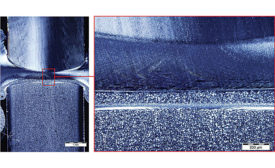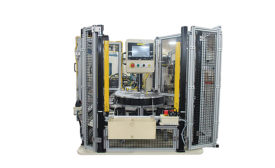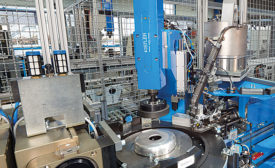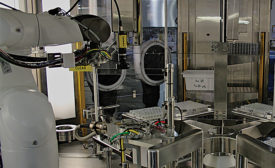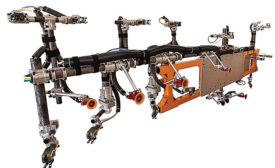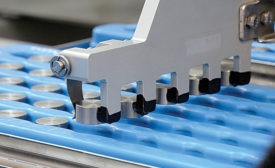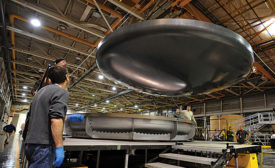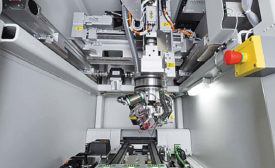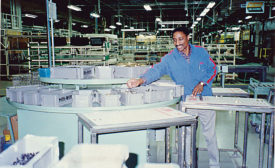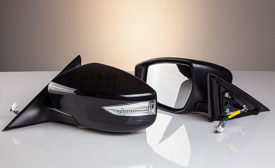Industries
Incompatible thermoplastic polymers can be welded by using polymer blends that are compatible with both components.
Read More
Bullet-Proof Automated Assembly
A system that runs like clockwork doesn’t happen by accident.
September 8, 2016
What’s New With Servo Presses
Needing more precision, energy efficiency and traceability data from their assembly presses, manufacturers are increasingly turning to servo-driven models.
September 8, 2016
Never miss the latest news and trends driving the manufacturing industry
Stay in the know on the latest assembly trends.
JOIN TODAY!Copyright ©2024. All Rights Reserved BNP Media.
Design, CMS, Hosting & Web Development :: ePublishing
